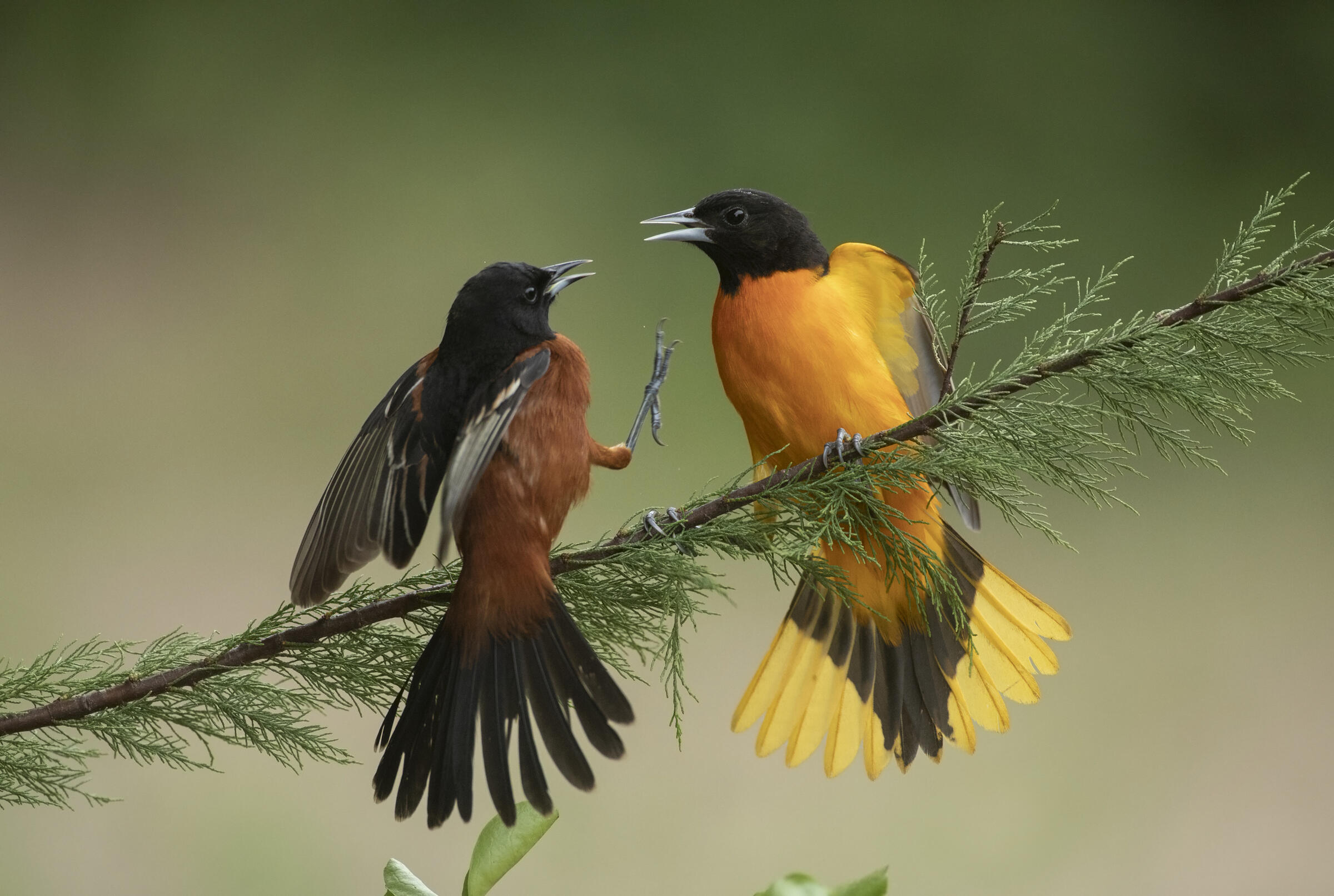by Yvette Stewart, Community Outreach Manager
In a recent podcast, I had the privilege of hearing Luisa Neubauer, a young German climate activist, introduce the concept of Possibilism. The idea stuck with me and perfectly aligns with the work we do at Texas Leaders in Conservation (TLC).
We are all familiar with optimism—the belief that things will get better. However, Neubauer suggests that optimism alone isn’t enough. Simply hoping for positive outcomes doesn’t create change. Instead, she advocates for Possibilism, a philosophy focused on what is actually possible and how we can work to turn those possibilities into reality. For Neubauer, the core of Possibilism is recognizing that humans and culture shape the world as we know it. If we have created the challenges we face, then we also have the power to create the solutions.
This philosophy really resonates with me, especially as we move through the 2024-2025 school year at TLC. Our theme this year is “Bird-Friendly Communities,” and our students are learning first-hand about what is possible when we balance human and wildlife needs. We’ve been exploring how conservation practices can be implemented on a variety of scales to make real, tangible changes.
This year, TLC students in San Antonio have already visited three incredible sites to learn from real-world examples of how to make positive impacts:
- Phil Hardberger Park: Students learned about the importance of native plant gardens and how wildlife crossings, like the Robert L.B. Tobin Land Bridge built to protect migrating animals, provide safe spaces for animals to move through urban areas.
- Mitchell Lake Audubon Center: Here, we explored how what was once an open sewage pool is being transformed through mitigation, including the innovative use of a polder/basin system. Students also had the chance to witness bird banding firsthand, which gives valuable insight into the monitoring and protection of bird populations.
- Warbler Woods: Students learned from a private landowner’s dedication to preserving natural habitats for birds, all while making the space accessible to nature enthusiasts. This visit reinforced how individual action can make a meaningful difference in conservation.
Through these visits and the stories we share, the students are seeing what is possible—from local parks to private lands to environmental restoration projects. And that's the heart of Possibilism: we don’t just hope for better outcomes; we actively work to create them.
I remain optimistic about the future, and I believe it’s important not to burden young people with blind optimism or pessimism. Instead, I hope that TLC participants understand what’s possible, see the solutions that have already been implemented, and know that action creates results. As they see firsthand the difference that thoughtful, deliberate actions can make, I’m confident they will carry this knowledge forward into their own communities.
Together, we can and will do great things—for birds, for people, and for the climate. The solutions are within reach, and they’re possible—if we make them so.




